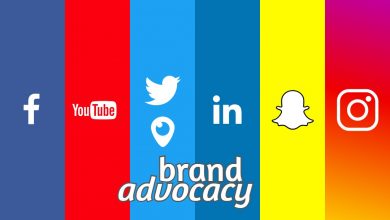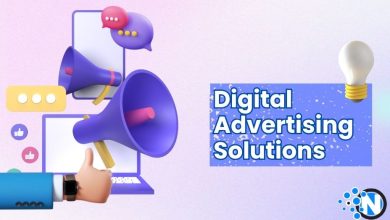Most Common Marketing Terms You Should Know – Marketing Glossary
Common Marketing Terms Defined
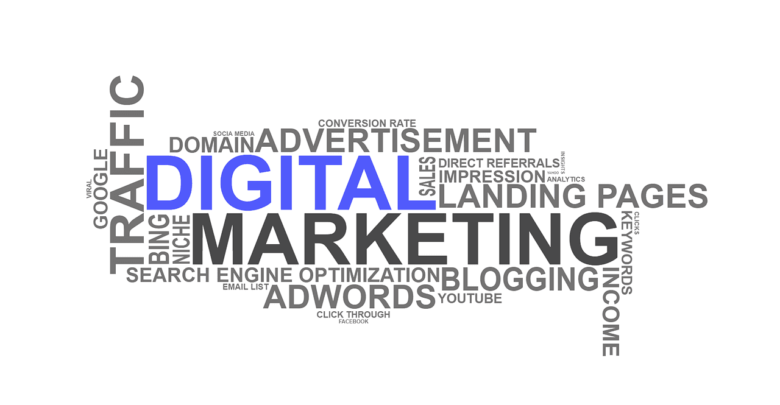
When working in the world of digital marketing or interacting with a client, does it ever feel like you are reading something odd? Yes, it happens because the online marketing world is full of different terms, jargon, and acronyms that a newbie may fall short to understand.
As a beginner in the digital marketing industry, some of the marketing terms and jargons can be confusing for you when you are talking to an expert
If you are one of the new marketers who are facing trouble in understanding different marketing terms, don’t worry about the matter because there is just need to brush up your marketing glossary by reading the following most common marketing terms and definitions you should know in order to make your conversation with clients terrific.
Popular Marketing Terms & Definitions
A/B Testing
When it comes to finding out the best online marketing strategy for your brand or business, A/B testing can come in handy for you. Basically, it is a method used by marketers in which they show two different landing pages or samples of the marketing efforts to check which one will go beyond the expectations.
It is also known as split testing and can be used for different marketing tactics such as social ads, blog post titles, email subjects and calls to action, etc.
A/B testing can help you to choose the fruitful version of your marketing strategy in order to boost your ROI.
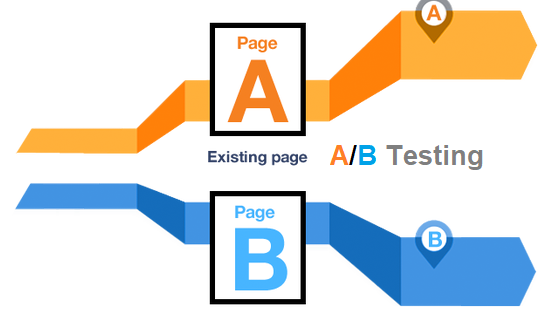
Bounce Rate
The number of website visitors who just visit the landing page and leave the site without doing anything else is known as the bounce rate. It shows how popular your website or blog is and is one of the best tools to measure the performance of your blog or website.
In simple words, bounce rate is the percentage of your single page visitors that sound useless for your online presence. So if you have a high bounce rate on your website, then you should seek some ways to reduce your bounce rate to enjoy boosted conversion rate.
Click Through Rate (CTR)
CTR or click through rate is a metric used by marketers to weigh how well keywords and ads are performing on a site or blog.
It is also known as the ratio of users who click on a particular advertisement or link of the website to the number of total users who view a page
It can be calculated manually by the total number of clicks that an advertisement or CTA (call to action) receives divided by the number of chances that visitors had to click on.

Conversion Rate
It can be explained as the number of site visitors who take the desired action on your online presence such as a blog, website, or any other type of digital ad.
The conversion rate of a website or any other online presence shows how many visitors are converted into leads. Most marketers measure the success of their efforts by keeping an eye on the conversion rates.
CMS (Content Management System)
As its name shows that it is something that helps users to manage content for improved user experience, it can be defined as a platform where bloggers, marketers, and other online users can create, edit and manage content for end users (visitors).
WordPress and Bloggers are the most famous CMSs around the web that millions of bloggers are using to develop and design their websites.
Key features of a content management system are making content searchable in search engines, generating navigation elements for better user experience as well as to keeping track of users, and many more.

Pay Per Click (PPC)
A most famous model of online marketing is in which advertisers pay a specific sum of money each time to the website owner when one of their ads is clicked by website visitors. It is a way to get paid clicks on your advertisement or links.
It is known as one of the best ways to make online reputation management efficient. In the whole process, the cost of each click is determined by bidding on keywords and sometimes according to the geographical location in which the advertisement is shown.
Search Engine Optimization (SEO)
Almost all online marketers and webmasters are aware of this term as it is the search engine marketing technique of optimizing a blog, website, or brand for search engines in order to get rank higher.
Basically, search engine optimization is the combination of different techniques that a marketer can use to secure a visible top place in search engine result pages (SERPs).
On-page SEO and Off-page SEO are the major types of search engine optimization.

Landing Page
It is the page of your website or online presence that a user reached right after hitting the link or an advertisement.
A landing page could be the home page of a website, sign-up form, contact us page, a subscription link, etc in order to convert visitors into leads or sales, etc.
Return on Investment (ROI)
It is the sum of financial compensation earned in the comeback of an investment made.
In the world of online marketing, now this term is widely used by the marketing experts to measure how effective a promotional technique is or how much it is providing in return.
On-Page Optimization
It’s all about making your web pages search engine-friendly in order to get top place in the SERPs.
On-page optimization usually consists of writing high-quality content, use of keywords in the content naturally, writing catchy blog post titles, meta tags, descriptions, making web pages mobile-friendly, etc.
Off-Page Optimization
Once on-page SEO has been done creatively, it’s time to spend some time to get a high rank for your website in search engines by way of some online marketing techniques such as guest blogging, backlink building, blog commenting, and web 2.1, etc.
Off-page SEO helps you to bring search engine traffic to your website or blog.
Native Advertising
It is the form of paid advertisement that has great similarity to the form and function of the website, blog, or any other online platform where it appears.
It is a great way to get fame for your online business or company even without disturbing the user experience of the platform. There are a lot of ways to generate leads from native advertising that marketers are using these days.
The core purpose of native advertising is to make the advertisement feel like the original part of the content or website where the advertisement is placed.
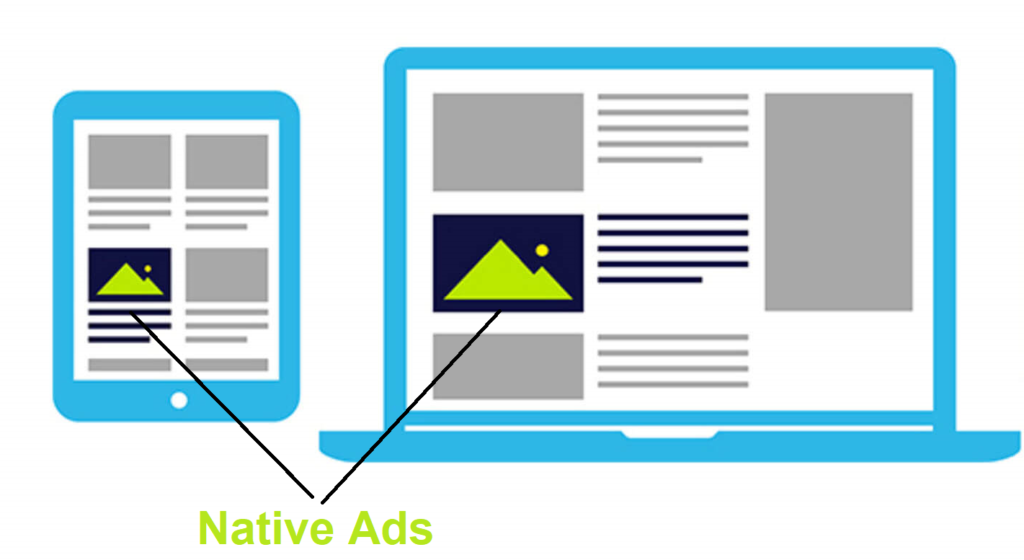
No-Follow Link
It is a link attribute used by the website owners or bloggers when they really don’t want to pass authority or link juice to the link used in the content.
The basic purpose of using no-follow links on a web page is to tell the search engine crawlers not to pass any value or credit to the link in order to prevent spammy activity that may harm the repute of the website which is using that link.
Do-follow link
It is a type of link used in a website or blog to allow search engines to follow as well as to pass link juice and value to the link as well. Search engines use these links to measure the quality and popularity of a website.
That is the reason, bloggers always love to get a do-follow backlink from a high authority website instead of a no-follow in order to increase the value and repute of the site in search engines.


